Ever thought the ocean was terrifying today? Wait until you hear about what lurked beneath the waves millions of years ago. While the mighty Megalodon gets all the fame as the ultimate prehistoric sea monster, it was just one player in an underwater world filled with nightmares that would make even the bravest souls think twice about taking a dip. Picture this: creatures with chainsaw teeth, massive marine reptiles that could swallow orcas whole, and armored fish that could crush cars like tin cans. These ancient ocean predators didn’t just survive – they dominated their watery kingdoms with a ferocity that puts modern sea life to shame.
Helicoprion – The Buzzsaw Shark That Wasn’t
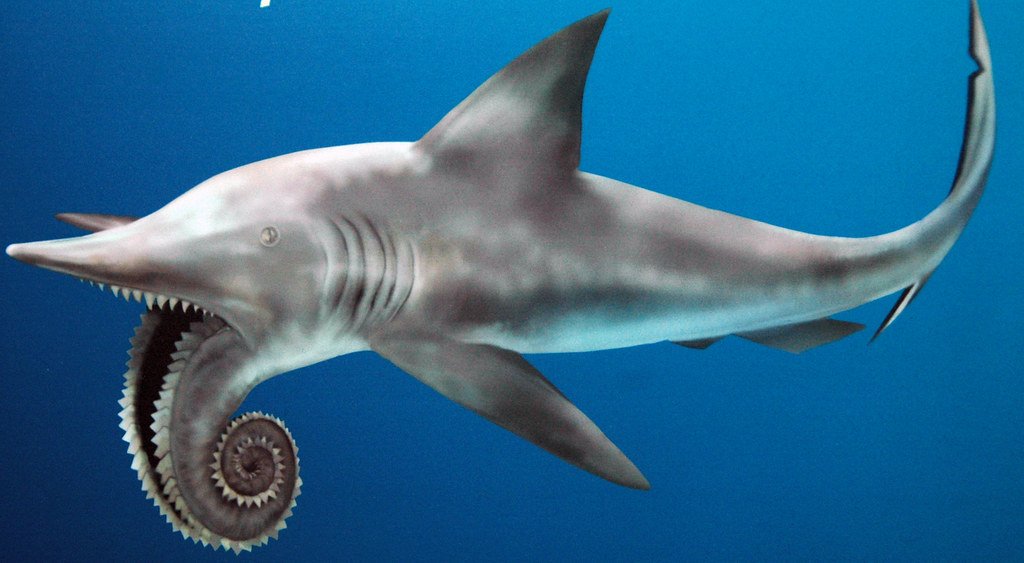
When a Russian geologist discovered a strange fossil during excavations in the Ural Mountains back in 1899, little did he know that it was just the beginning of what would become an enduring mystery for paleontologists across the globe. Alexander Petrovich Karpinsky named it Helicoprion, meaning “spiral saw.” This wasn’t your typical shark – it was something far more terrifying.
Measuring somewhere between four and seven meters long (13 to 23 feet), Helicoprion was actually a kind of cartilaginous eugeneodont fish and not a shark at all. In the middle of its mouth it possessed a remarkable spiral of teeth, which jutted out where you’d expect to see a tongue, much like a chainsaw. Imagine encountering this ancient predator as experts now believe that for over 20 million years, Helicoprion’s dental structure was used to saw through its prey or even to remove the shells from hard-bodied cephalopods.
Livyatan Melvillei – The Whale That Hunted Whales
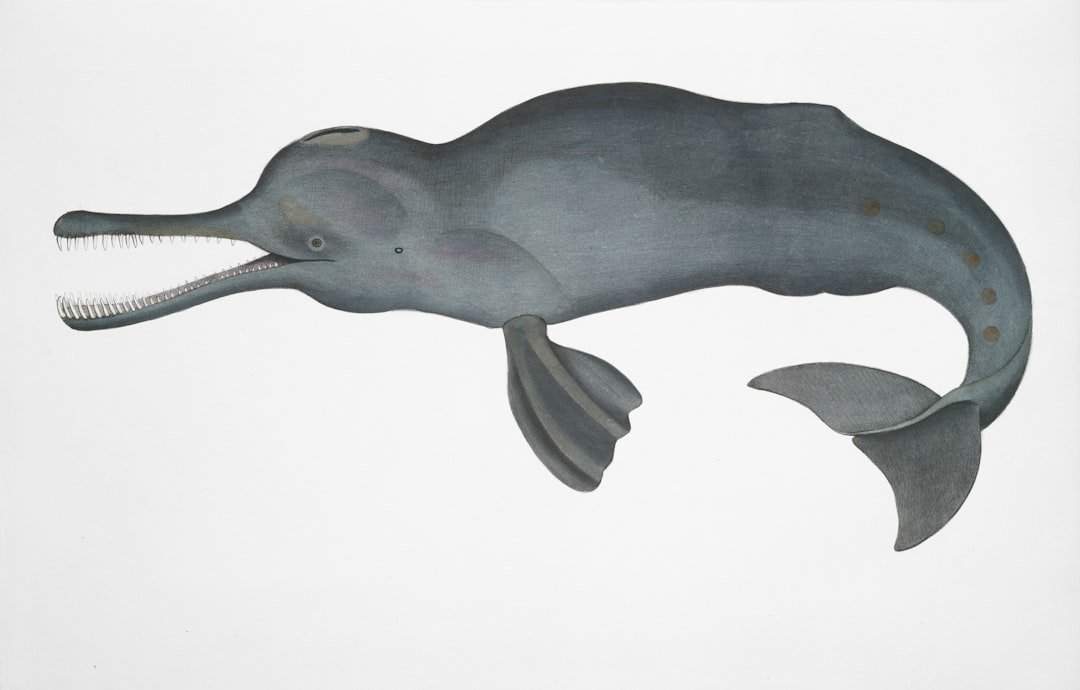
When scientists discovered a massive predatory whale from 12 or 13 million years ago, they named it Livyatan melvillei to pay homage to Melville’s creation. In fact, the whale was so impressive that the original plan was to go all in on the monster front and call the creature Leviathan melvillei to combine the Moby Dick imagery with the name of a giant biblical sea serpent, but “Leviathan” was already taken, so they pivoted to the Hebrew word for the mythological creature.
This prehistoric predator could be up to 60 feet long and somewhat resembled a massive sperm whale with a disproportionally huge, 4-foot-wide mouth that was full of 14-inch teeth. Besides its size, what truly made Livyatan’s terrifying were their teeth. Measuring over a foot (0.3 meters) long, these teeth are believed to be the largest of any known animal (excluding tusks).
Basilosaurus – The King Lizard Serpent
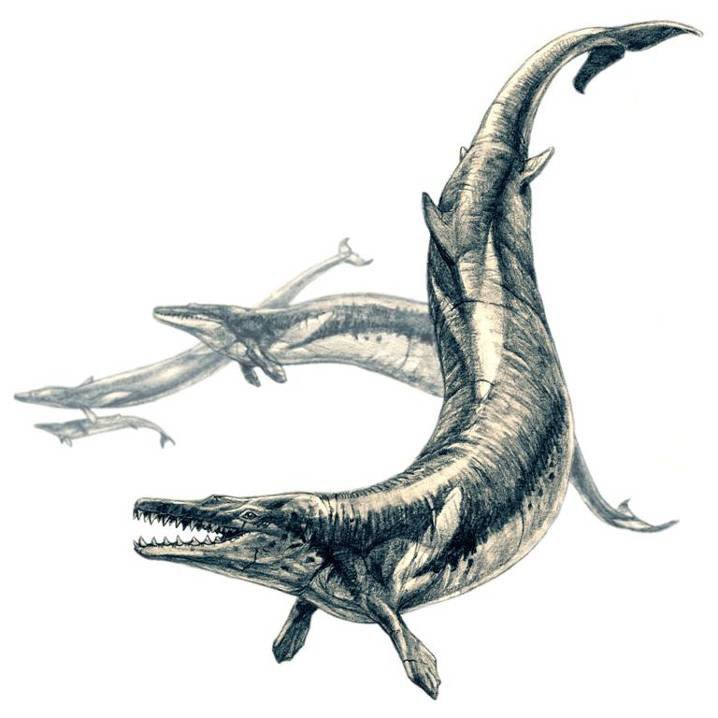
The name Basilosaurus probably makes you think of reptiles and dinosaurs. But while its name translates to “king lizard,” Basilosaurus was a prehistoric species of whale that existed around 40 million years ago. Shaped like a giant slithering eel with a long snout full of sharp teeth, the Basilosaurus is pure nightmare fuel even before you consider its massive size. These sleek creatures grew to be around 65 feet(20 meters) long and weighed somewhere in the region of 5-10 tons (4.5-9 metric tons).
What made Basilosaurus particularly unnerving wasn’t just its enormous size, but its serpentine appearance. Analyses of Basilosaurus’ stomach contents suggest it fed on fish, sharks, and perhaps even other early whales, like Dorudon. This ancient whale was essentially a massive sea serpent with the intelligence of a mammal and the appetite to match its fearsome reputation.
Mosasaurus – The Ocean’s Ultimate Apex Predator
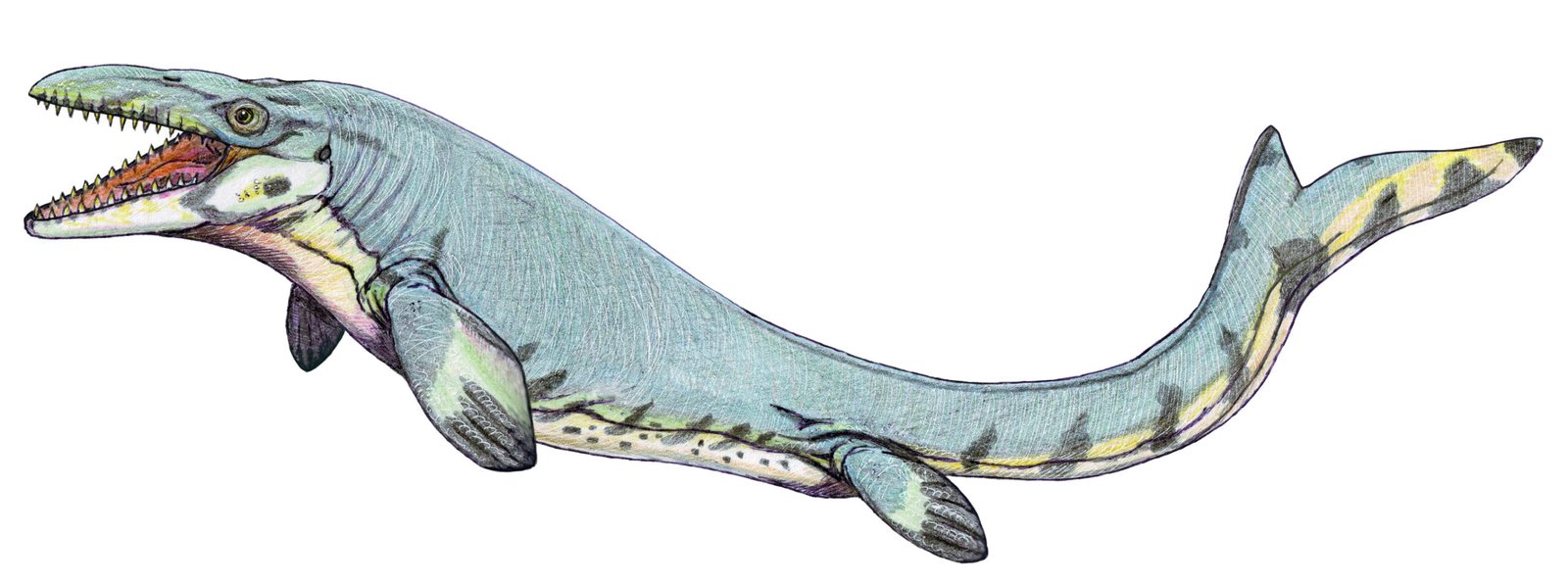
The “Jurassic World” version of the creature is up to 262 feet long, which is obviously a fairly blatant exaggeration – as far as science knows, the biggest real mosasaurs were around 56 feet long. Apart from this size discrepancy, however, the cinematic creature’s fearsome representation isn’t all that far removed from the real historical mosasaur’s status in the food chain.
Agile and powerful, the mosasaur was one of the mighty marine predators during the Cretaceous Period of roughly 145 to 66 million years ago. They were equipped with fearsome jaws that could not only chomp with plenty of power, but were also able to spread out sideways if they were trying to chow down something particularly large. These marine giants didn’t just rule their territories – they dominated entire ocean ecosystems with ruthless efficiency.
Liopleurodon – The European Sea Monster
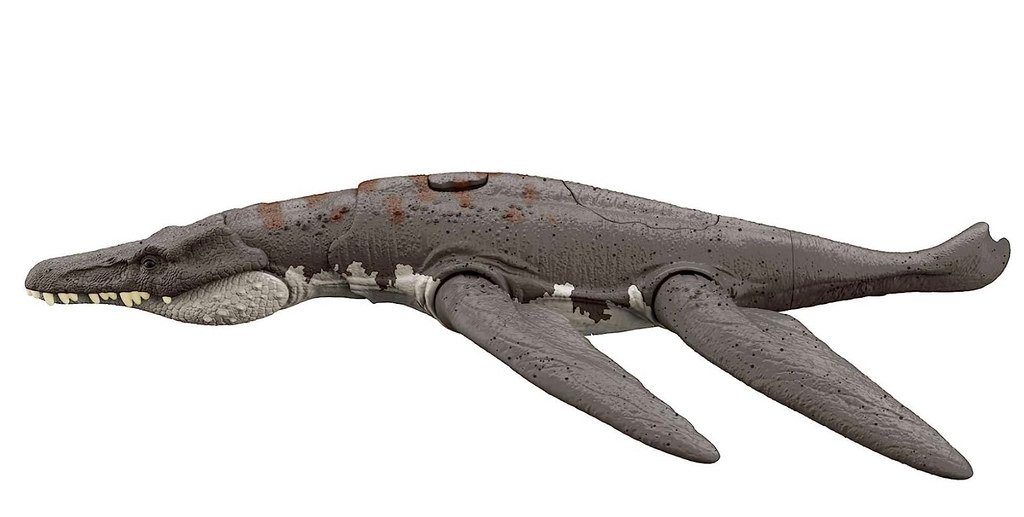
Liopleurodon lived in Western Europe from 166 to 155 million years ago, sharing its open ocean habitat with other marine reptiles, such as ichthyosaurs and plesiosaurs. Some anatomical studies have found that Liopleurodon was likely a very fast and agile swimmer, built for ambushing its prey from below. This wasn’t just another big marine reptile – it was an underwater assassin.
Unfortunately, Liopleurodon’s size is frequently exaggerated by television documentaries and the internet alike, with some going so far as to claim they were over 80 feet (24 meters) long. However, more realistic estimates put these animals in the region of 16 to 30 feet (5 to 9 meters) long. But make no mistake, Liopleurodons were still fearsome apex predators that ruled the now-European waters where they resided.
Jaekelopterus – The Giant Sea Scorpion
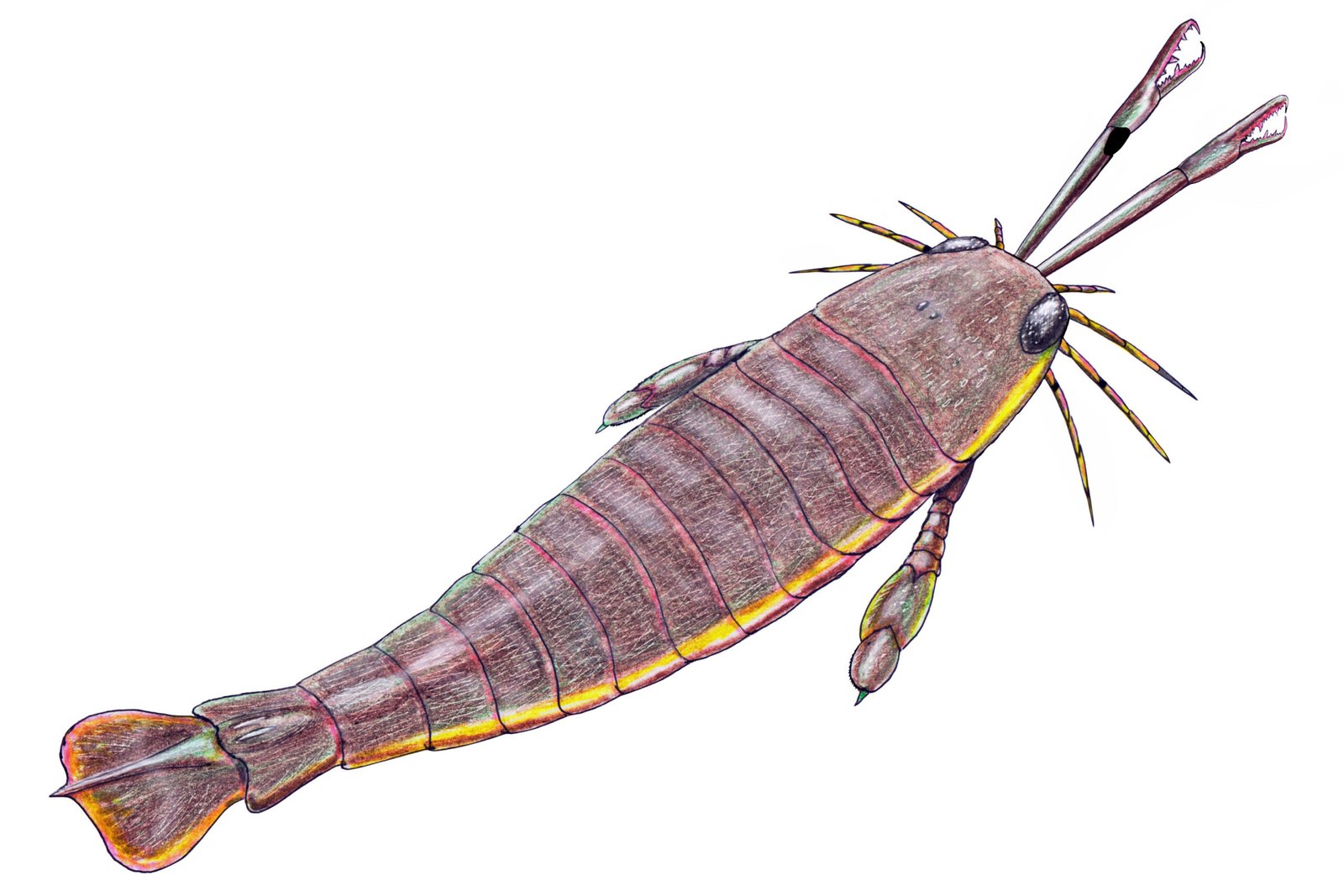
These predatory invertebrates were known as eurypterids, or ‘sea scorpions’, and the largest amongst them was a 2.5m-long monstrosity known as Jaekelopterus. The Jaekelopterus was no ordinary scorpion – it was a prehistoric sea monster, growing over 8 feet long. This giant eurypterid, or “sea scorpion,” stalked the waters of the Paleozoic era, using its massive pincers and agile body to snatch up ancient fish and rival arthropods.
This was a 2.6 meter (9 feet) long sea scorpion, which means it was larger than a grown human. Most of us freak from centimeter long spiders, imagine 2.6 meters of armored, clawed terror. These nightmarish arthropods ruled the ancient seas with an intelligence and hunting prowess that would make modern predators envious.
Dunkleosteus – The Armored Bone Crusher
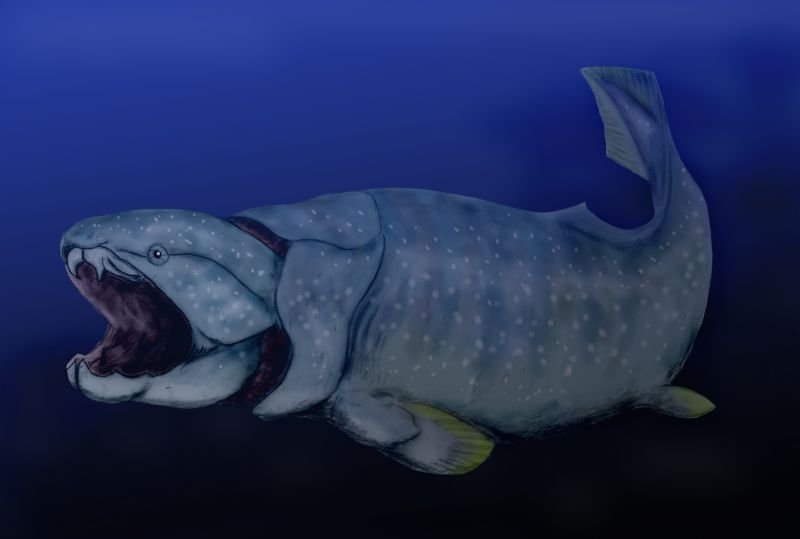
Dunkleosteus was a 9 meter (30 foot) long carnivorous tank that roamed the oceans 358 million years ago. According to Philip Anderson, at the Department of Geophysical Sciences at the University of Chicago, the Dunkleosteus was “able to devour anything in its environment.” This wasn’t just hyperbole – this prehistoric fish had the tools to back up that claim.
Research published in Nature reveals Dunkleosteus’s bite force rivaled that of Tyrannosaurus rex, making it a true terror of its time. Unlike modern sharks with their rows of sharp teeth, Dunkleosteus sported massive bone plates that acted like giant scissors. It could slice through almost anything unfortunate enough to cross its path in the ancient seas.
Xiphactinus – The Fanged Harpoon Fish
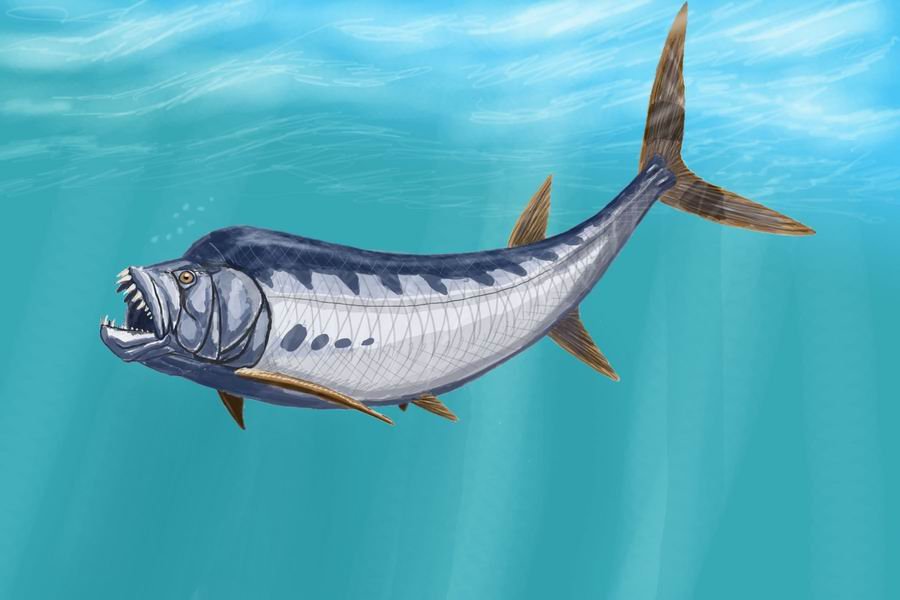
Often described as resembling giant fanged harpoons and currently the largest known bony fish of the Cretaceous period, Xiphactinus – the X-fish – was a voracious predator that existed during the Late Cretaceous period, approximately 100 to 66 million years ago. Growing to lengths of around 16-20 feet (4.8-6 meters), these bony fish don’t quite scale up to the size of some of the other animals on this list.
Another thing to know about Xiphactinus is that it was incredibly fast – capable of reaching speeds of over 37mph (60km/h). Furthermore, their torpedo-like shape suggests they may have been capable of leaping out of the water. Picture a massive, fanged torpedo launching itself from the depths to grab unsuspecting prey from above the surface – that’s the nightmare fuel Xiphactinus brought to ancient oceans.
Tylosaurus – The Ramming Machine
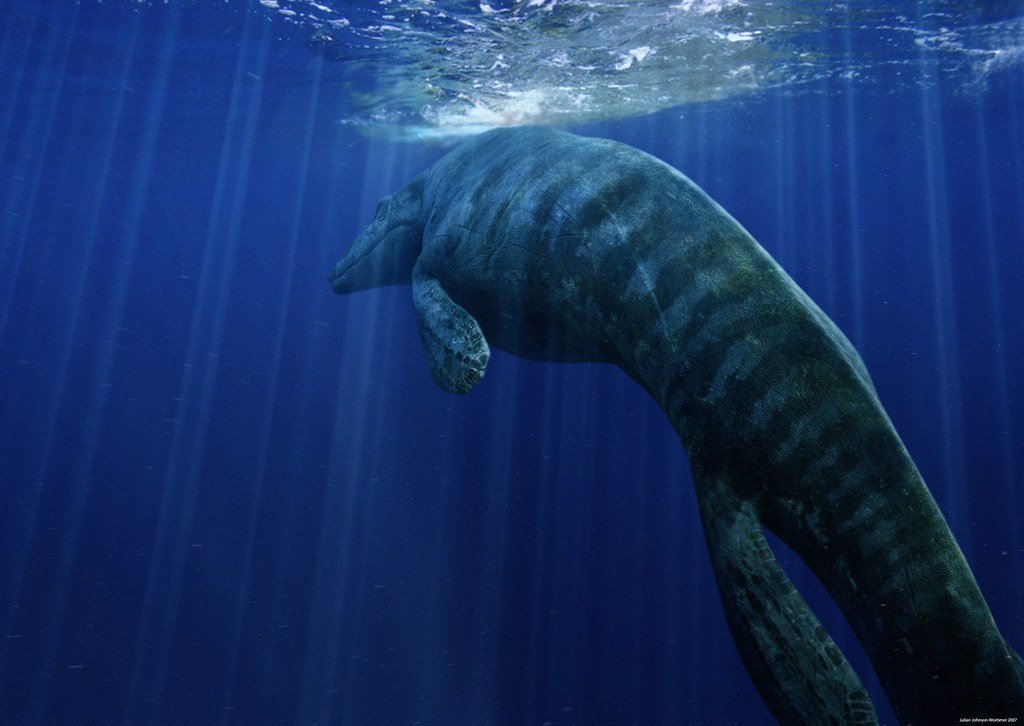
These animals ate fish, sharks, other marine reptiles, and even some flightless birds. Tylosaurus had a unique way of catching its prey, too. Rather than relying on biting power like other sea predators, evidence suggests that Tylosaurus used its huge and powerful skull to ram into its victims before tearing them to pieces.
This mosasaur didn’t just bite its prey – it turned itself into a living battering ram. Imagine being a small marine animal and seeing this massive reptile charging straight at you like an underwater torpedo. The impact alone would be devastating, and that was before Tylosaurus even began to feed. This hunting strategy made it one of the most feared predators in the ancient seas.
Ichthyotitan – The Recently Discovered Giant
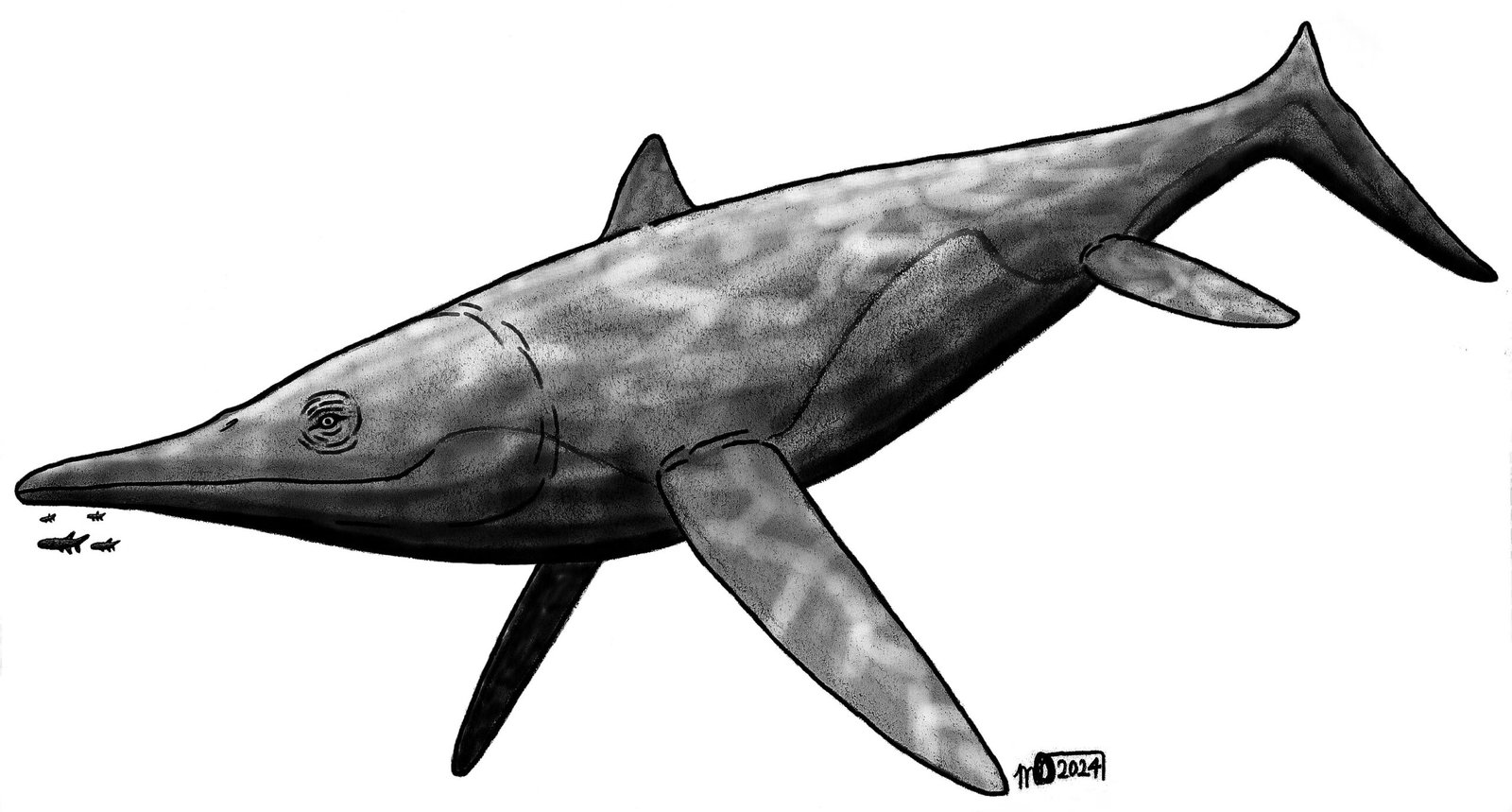
Discovered in Somerset in 2018 and described as a brand-new species in 2024, Ichthyotitan is widely considered the biggest marine reptile that ever lived, measuring ~25m from snout to tail. This makes it only a few metres shorter than a blue whale, the largest animal ever. The first piece of Ichthyotitan’s skeleton to be found – a fragment of jaw bone – was so large that it was mistaken as a dinosaur bone.
What’s more, these creatures are estimated to have weighed as much as 80 tonnes. Despite being reptiles, their bodies were similar to modern-day dolphins. This recent discovery shows that our oceans once hosted creatures so massive they rivaled today’s largest animals. The fact that we’re still finding these giants tells us there might be even more terrifying ancient sea monsters waiting to be discovered.
Conclusion
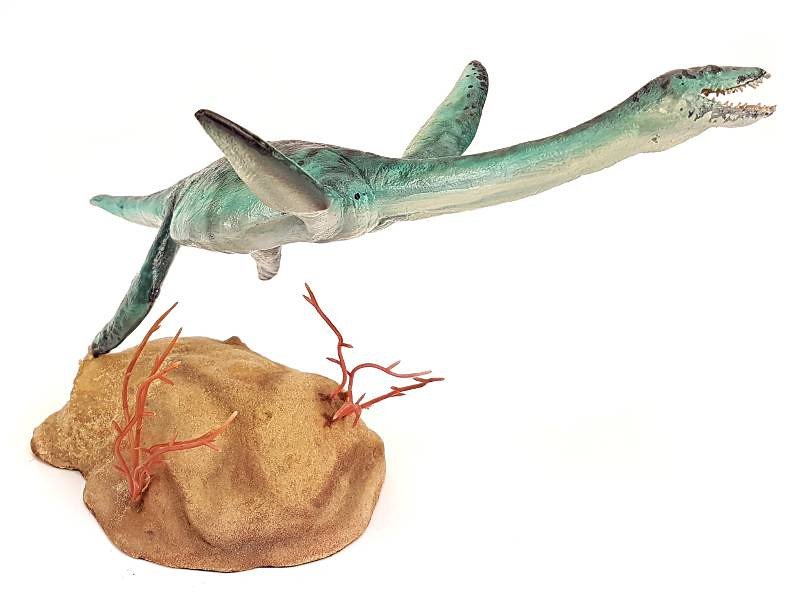
The ancient oceans were home to predators that make today’s most feared sea creatures look like goldfish. From the chainsaw-toothed Helicoprion to the massive Ichthyotitan, these prehistoric monsters ruled their underwater kingdoms with a combination of size, speed, and sheer brutality that’s hard to imagine. A lot of these beasts were giants – unlike those that live on land, animals that live underwater aren’t as beholden to the force of gravity and can rely on the buoyancy of water to support a lot of their weight. This means that they’re able to grow to gigantic sizes, sometimes larger than a double-decker bus.
While the Megalodon certainly deserves its reputation as a legendary predator, it was just one member of an exclusive club of ancient sea monsters that would make even the bravest marine biologists think twice about time travel. These creatures remind us that our planet’s history is filled with wonders and terrors beyond our wildest imagination. Makes you grateful that the most dangerous thing you’ll encounter on your next beach vacation is probably just a jellyfish, doesn’t it?




